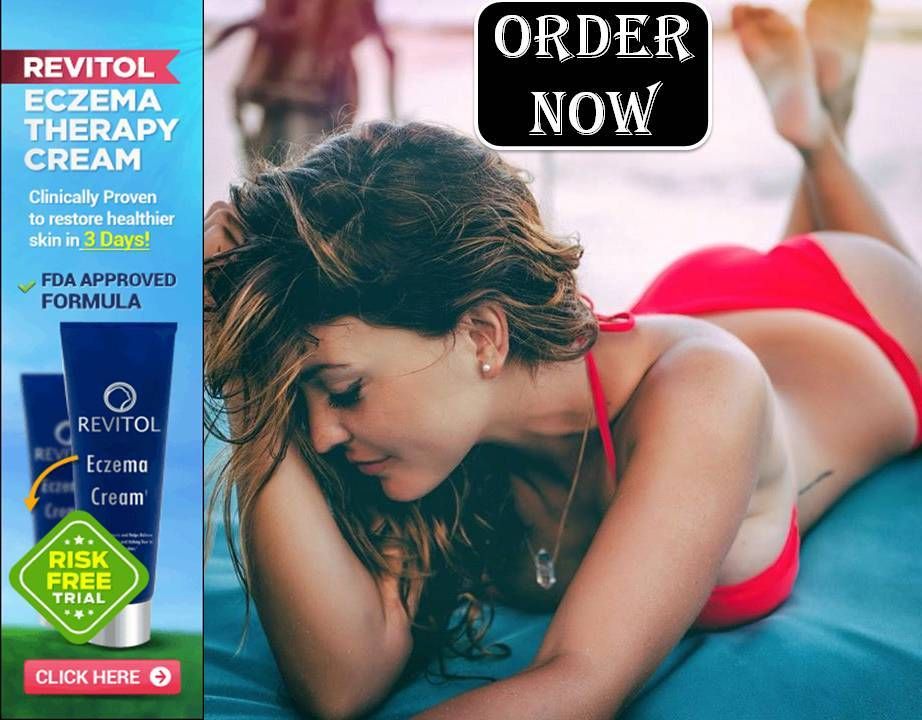Thanks to ongoing research, our understanding of eczema is constantly increasing.
See Pictures of Eczema
Nonetheless, scientists haven’t quite nailed it yet. The exact cause of eczema (atopic dermatitis, tetters, milk crust) still remains elusive.
However, most scientists agree that a defect in the genes of the skin which are responsible for forming the barrier between the body and the external environment play a causal role in atopic dermatitis.

Treatment of Eczema
The defect in these genes makes the skin more vulnerable to allergens. Allergens are substances that trigger an abnormal reaction from the skin’s immune mechanism.
The defective genes which scientists have identified include: filaggrin, OVOL1, ACTL9 and IL4-KIF3A.
You can determine your likelihood of developing this skin rash be evaluating the medical history of your family members. You are more vulnerable to milk crust, if any of your family members has asthma or allergic rhinitis.
Scientists have also discovered a link between hay fever, asthma and dermatitis.
Up to 80% of children with asthma or hay fever develop dermatitis at some point. Doctors call the link among these diseases, the atopic triad.
Triggers of Eczema
Triggers are substances that irritate or cause an allergic reaction.
Triggers differ from one individual to another. Therefore, you should not be surprised, if we list a substance, to which you are not allergic, as a trigger.
Some triggers are called irritants because they cause itchiness and irritation.
Examples of the most common irritants include: tobacco smoke, industrial chemicals, alcohols, astringents, some detergents and extreme weather conditions.
Irritants can either cause a dermatitis flare up or they can make it worse.

How to Treat Eczema
You can diminish your chances of coming into contact with an irritant by avoiding itchy materials. Avoid thick clothing made from wool.
Instead, wear clothing made from lighter materials such as cotton or silk. Also develop the good habit of first washing newly bought clothing items (dresses, linen, towels) before use.
Allergens will provoke a dermatitis eruption.
Examples of common allergens include: house dust mites, moulds, grasses, plant pollen, pets and dandruff.
Some foods might trigger an allergic reaction. Examples of foods that are most likely to trigger an allergic reaction include: dairy products, eggs, soy products, wheat, nuts and seeds.
Certain viruses, fungi and bacteria are known to trigger this skin rash.
Staphylococcus aureus are bacteria that normally live on healthy skin. Under certain conditions, they can become infectious.
This usually happens after your skin breaks due to excessive scratching. Staphylococcus aureus then infects the open sores to produce eczema herpeticum or vaccinatum.
Vaccinatum is a variant of the skin rash that overlays the affected area with crusting patches and vesicules. In babies, this strain of the skin rash is life-threatening.
Treatment for Eczema
There are several methods of atopic dermatitis: corticosteroids, immunosuppressants, medication and moisturizers.
Corticosteroids can be used to treat both mild and severe cases. Mild cases are often treated with hydrocortisone, while severe cases are often treated with clobetasol propionate.
Corticosteroids are naturally produced by the adrenal cortex; however, the quantities are not enough to impact a dermatitis flare.
Even though, corticosteroids are naturally produced by the body, prolonged administration of high doses can produce a negative reaction from the body.
Do not use corticosteroids for more than 5days. Prolonged use can trigger skin atrophy, stria and telangiectasia.

Treating Eczema
Immonusuppressants temporarily suppress the immune system. Immunosuppressants such as pimecrolimus and tacrolimus are effective for short-term treatment.
Immonusuppressants should be the medication of last resort because they have significant side-effects. When you are on immunosuppressants, your doctor will subject you to regular blood tests.
How to Safely Treat Eczema
The revitol cream is the ultimate remedy for eczema.
The revitol formula is 100% natural. Its organic ingredients make it completely safe for babies and pregnant women.
Extensive research has proven that the formula is free of side-effects.
The revitol formula has won several awards from the International Council on Homeopathic Medicine for its safety and efficacy in treating atopic dermatitis.
The potent revitol cream will quickly restore your PH levels. Order the clinically acclaimed revitol system now and blast your eczema away.




